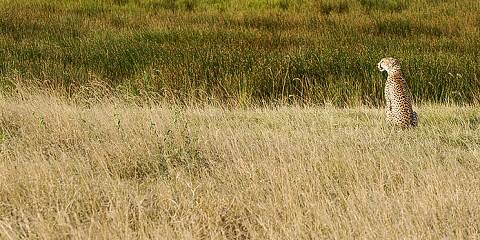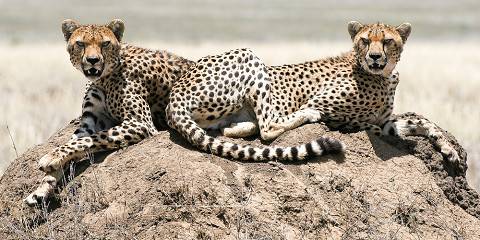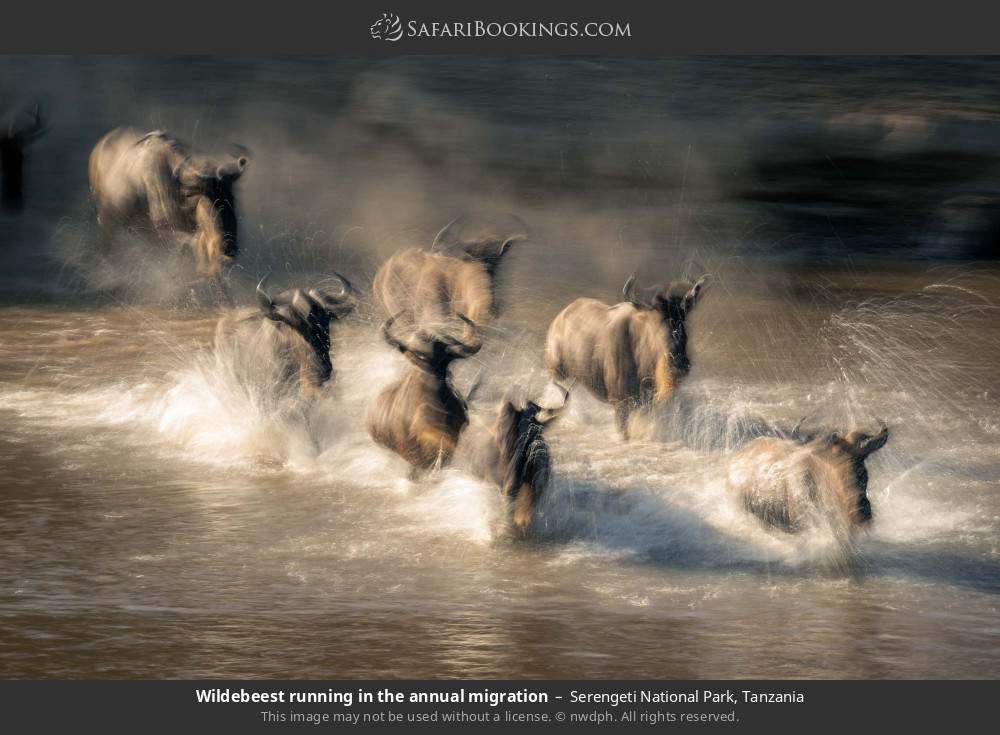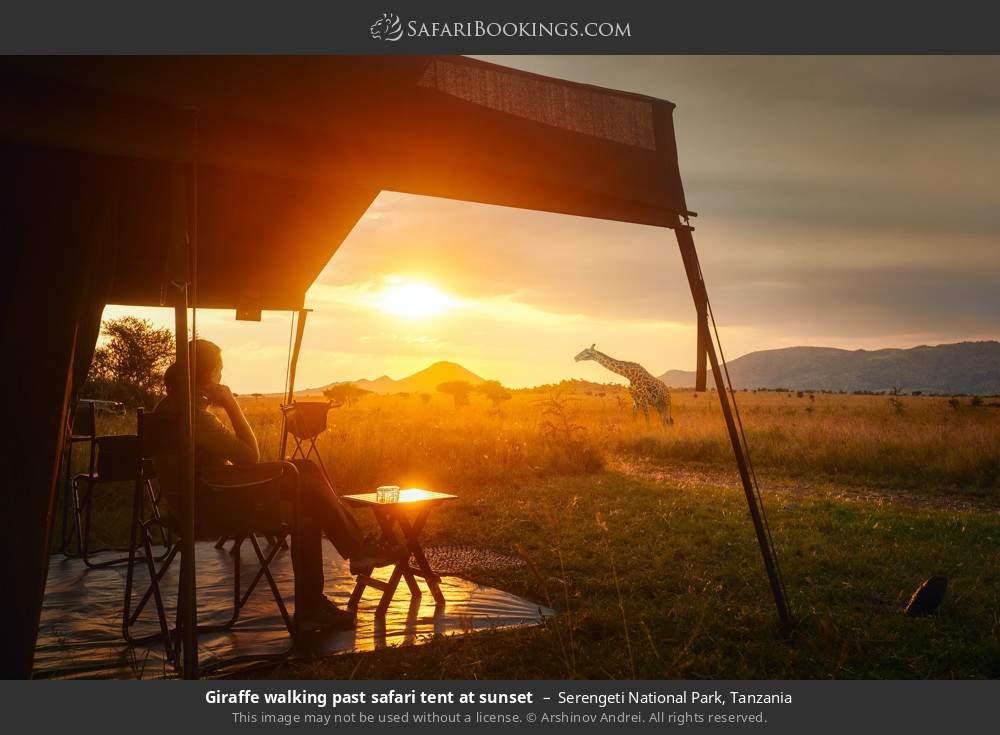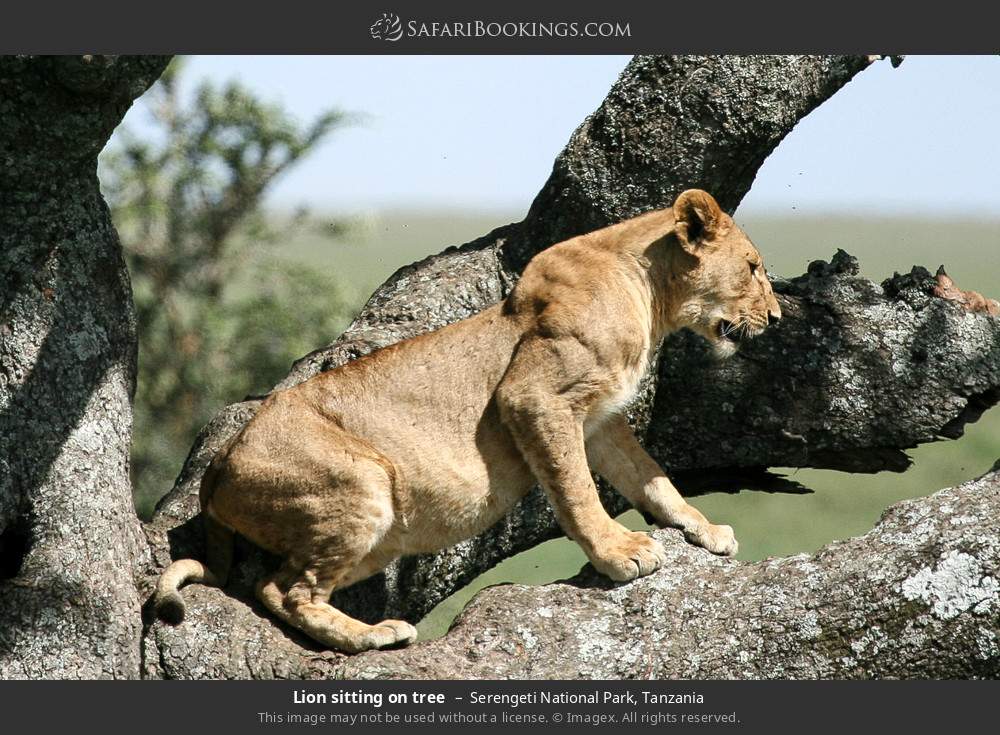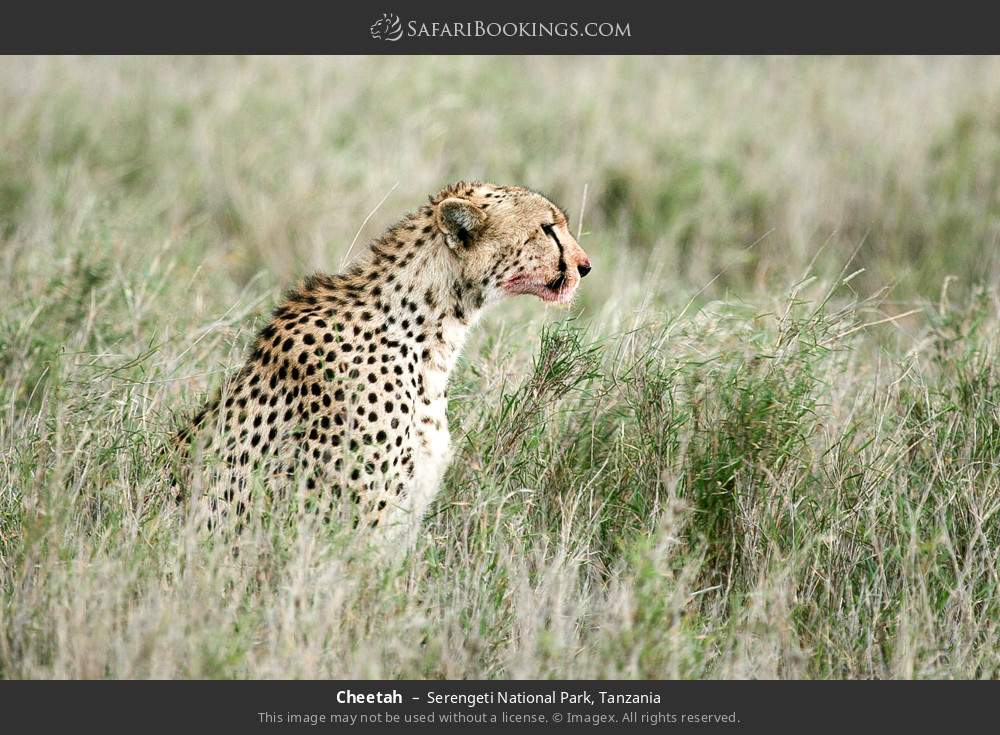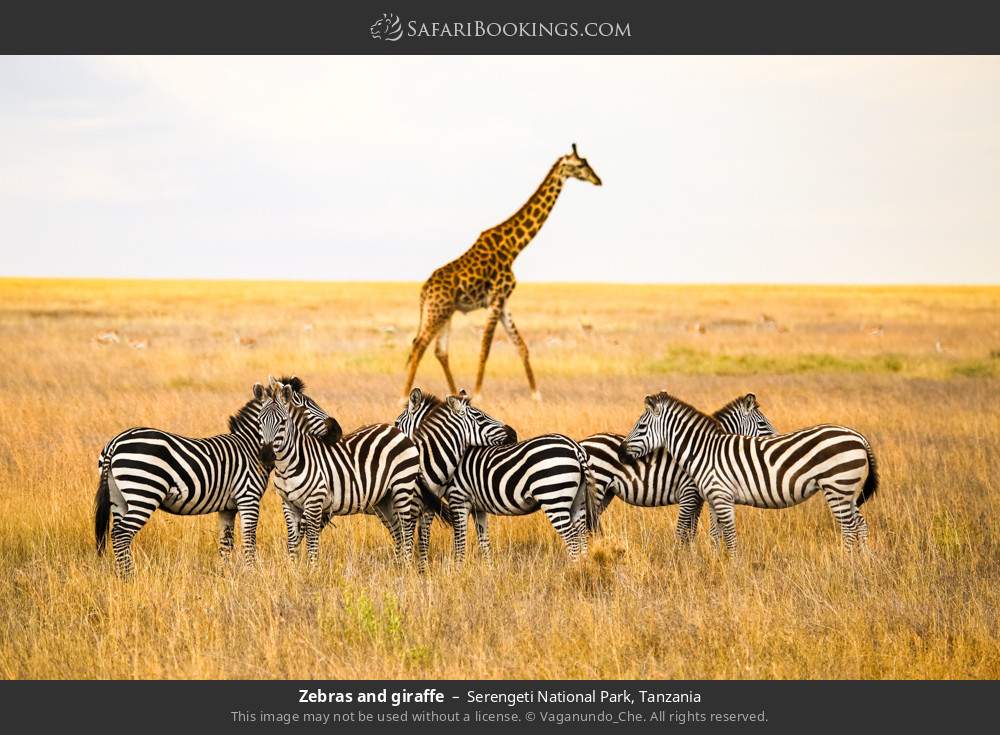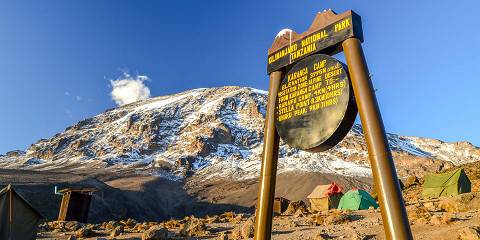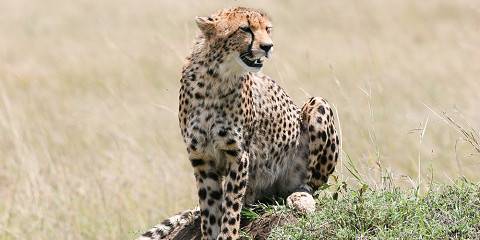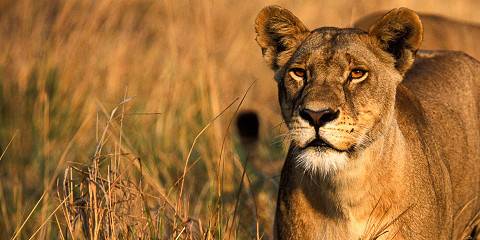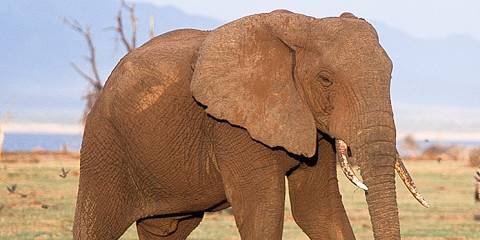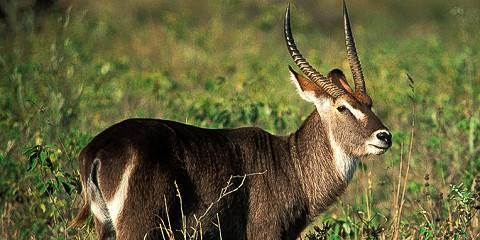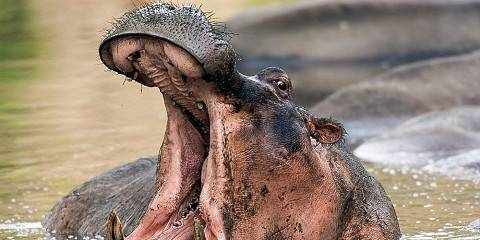Explore Tarangire, Ngorongoro Crater, And Lake Manyara On A 3 Day Safari Adventure
- 3 Days
- Maximum Capacity: 15
- Ask for Refund
Adult
Child
Infant
Description
Explore three renowned national parks in Tanzania over the course of three days. Your journey will commence at Tarangire National Park, renowned for its vast elephant populations and magnificent baobab trees. Next, venture to the Ngorongoro Crater, a wildlife haven where you can potentially spot the Big Five in just one day. Lastly, immerse yourself in the beauty of Lake Manyara National Park, known for its tree-climbing lions and diverse array of over 400 bird species.
Duration
3 Days
Group Size
15
Language
English, Swahili
Included
- Costs for park entry (for visitors from outside the area)
- Participation in all activities (unless noted as discretionary)
- Provision of all lodging (unless indicated as an enhancement)
- A knowledgeable driver/guide
- Provision of all transportation (unless noted as discretionary)
- Inclusion of all Taxes/VAT
- Meals (as detailed in the itinerary)
- Beverages (as outlined in the daily schedule)
Excluded
- Excluded from the package are flights outside the country (traveling to or from your residence)
- transportation to and from the airport for round trips
- any extra lodging needed before or after the tour
- suggested tips (recommended tipping amount of US$10.00 per person per day)
- individual purchases (such as mementos
- insurance
- visa costs
- etc.)
- and any rises in taxes or park fees mandated by the government.
Travel Itinerary
The First Day - Exploring the Splendor of Arusha and Tarangire National Park
Following your morning meal, your expert safari guide will collect you from your accommodations to commence your adventure to Tarangire National Park. Originally a hunting ground during the colonial era, Tarangire was designated a national park in 1970 and has since become a hidden treasure of Tanzania, covering an expanse similar to that of Luxembourg. The park is famed for its sizable elephant herds, some of the largest in the northern region of Tanzania, as well as a diverse array of other animals like zebras, giraffes, wildebeests, and buffaloes. If fortune smiles upon you, you may also catch a glimpse of predators such as lions, cheetahs, and leopards. The terrain of the park is a captivating blend of savannah, temporary wetlands, and iconic baobab trees, which are especially plentiful in the northeastern part of the park, crafting a memorable setting for your wildlife excursion. Following a full day of observing wildlife, you will retire for the evening at a campsite situated within the park, enveloped by the sounds of the African wilderness.
The Second Day - The Ngorongoro Crater within Tarangire National Park
Following an early morning meal, we will embark on our journey towards the Ngorongoro Crater. The drive will take you through the charming town of Mto wa Mbu, offering glimpses of Lake Manyara along the way. As we pass by the quaint town of Karatu, the road will wind its way up the rugged slopes of the East African Rift Valley leading to the highlands of the Ngorongoro Crater. The route then descends around 600 meters into the crater, which boasts a diameter ranging from 17 to 21 kilometers and is teeming with diverse wildlife. This natural wonder serves as a habitat for a plethora of East African savannah creatures, with the exception of giraffes and a handful of other species that find the steep rock formations unsuitable for dwelling. Depending on the time of year, you can witness between 15,000 to 25,000 animals congregating here, with a majority being buffaloes, wildebeests, zebras, and gazelles. The significant presence of herbivores in the crater explains the high concentration of predators, making it home to the most extensive collection of carnivorous animals in Africa. Among these predators are over 100 lions, residing in various prides within the area.
The Third Day - Arusha - Lake Manyara National Park - Ngorongoro Crater
Following breakfast, the journey commences towards Lake Manyara National Park, a picturesque treasure tucked at the foot of the Great Rift Valley escarpment. The park's name originates from its shallow, alkaline lake, attracting numerous waterbirds and offering a stunning backdrop for observing wildlife. Noteworthy highlights include the dazzling pink flamingos adorning the shores, along with a diverse array of bird species such as cormorants, pelicans, and storks. With a recorded count of over 400 bird varieties, the park becomes a haven for bird enthusiasts. Lake Manyara is renowned for its exceptional tree-climbing lions, usually spotted in the central, open plains of the park. While on your safari drive, you may also come across elephants, zebras, giraffes, buffalo, and hippos. As the day of remarkable wildlife sightings draws to a close, the return journey to Arusha begins in the late afternoon, carrying cherished memories and captivating safari snapshots.
Frequently Asked Questions
Do you offer customized safari tours?
Yes, we specialize in tailor-made safari experiences. Whether you're looking for a romantic honeymoon getaway, a family adventure, or a photographic safari, we can design an itinerary to suit your preferences and budget.
What is included in your safari tour packages?
Our packages typically include accommodation, meals, game drives, park entry fees, transportation, and a professional guide. International flights, visas, travel insurance, and personal expenses are usually not included unless otherwise specified.
When is the best time to go on safari?
The best time for a safari depends on the destination. Generally, the dry season from June to October is ideal for game viewing, as animals gather around water sources. However, the wet season offers lush landscapes, fewer crowds, and excellent bird watching opportunities.
Are your safari tours suitable for children?
Yes, we offer family-friendly safaris with accommodations and activities suitable for children. Some lodges have age restrictions, so we will recommend the best options based on your children's ages and interests.
Do I need any vaccinations or special health precautions?
Vaccination requirements vary depending on your travel history and the destination. Common recommendations include yellow fever, hepatitis A and B, and malaria prophylaxis. Please consult with your doctor or a travel clinic well before your departure.
What kind of vehicles do you use for game drives?
We use 4x4 safari vehicles equipped with pop-up roofs for excellent wildlife viewing and photography. All vehicles are maintained to high safety standards and driven by experienced guides.
Can I book a same-day safari tour?
Generally, same-day bookings are not supported due to logistics and park entry regulations. If a tour appears bookable for the same day, it may be listed in error. In such cases, we will issue a full refund as per our refund policy.
What is your refund policy?
Refunds are handled in accordance with our Refund Policy. If a tour is canceled due to weather, park closure, or unavailability, we will process a full or partial refund depending on the circumstances. Please refer to our full Refund Policy for more details.
How do I know what time my safari starts?
Once you complete your booking, our team will contact you within 2Ð3 hours via email or WhatsApp to provide the exact pickup time, location, and any other relevant instructions.
From 410 $
